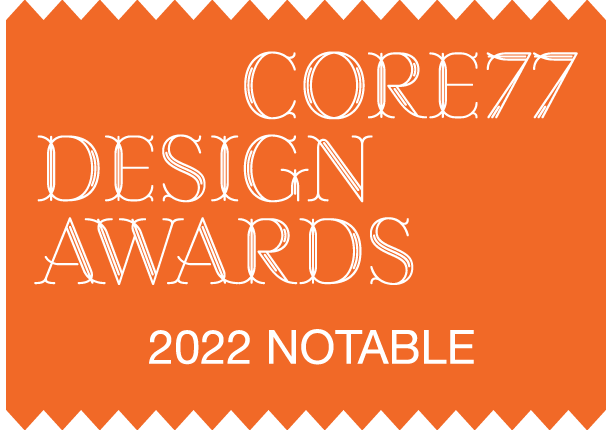Intersectional Design Cards
What is Intersectional Design?
Intersectional design considers overlapping or “intersecting” factors—including gender, ethnicity, age, geographic location, etc.—that interact to shape a person’s or a group’s experience and social opportunities as a starting point for a more inclusive design approach.
Example cards:
Refers to cultural attitudes and behaviors that shape products, technologies, environments, and knowledge—and includes: gender norms, gender identity, and gender relations.
Gender is multi-dimensional and may include women, men, transgender, genderqueer, gender-diverse individuals, non-binary, etc.
Design means…
Our definition of design is organized into four interrelated levels of design. These scale up from physical objects to cultural trends. Where does your design work sit on this map?
This expanded definition of design encourages designers to consider where their products make an impact and how they can improve the inclusivity of their work.


